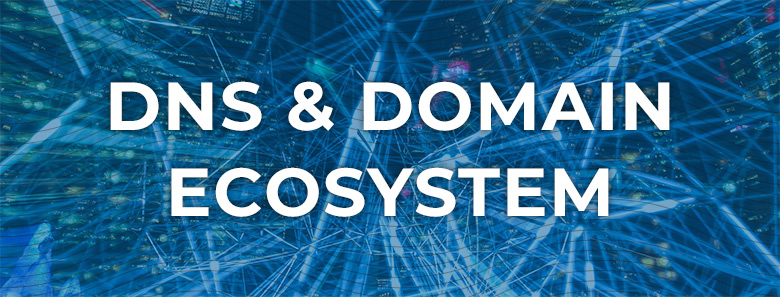A synopsis by Forbes of a MIT paper about the “Changing markets for Domain Names” throws together DNS support systems, domain names, and domainers; the mashed up version of these 50+ pages turns facts and figures into an amalgam of some not-so-great outtakes about the domain industry’s aftermarket.
While the MIT paper focuses on the exact infrastructure of the domain ecosystem, that includes the fundamentals of DNS along with the evolution of domain names as brand representations that can be developed, monetized, and exchanged as property, the Forbes article seems to obsess with DNS governance policies and—surprisingly—points the finger of domain price deregulation to Registrars.
GoDaddy and Network Solutions seem to become scapegoats in the grand scheme of things, and the Forbes angle makes them appear as able to increase domain prices arbitrarily, to $100 dollars a year if they so decide:

“Few consumers realize it, but price controls have been in place to enable easy and low-cost switching from registry to another (from .com to .org for example), similar to number portability. However companies like GoDaddy and Network Solutions are not price regulated and can easily raise prices for domain names without losing customers. If a business must have a certain domain name, they will likely purchase it and/or renew it whether the price is $10 or $100.”
Of course, it’s the other way around: Registries, such as Verisign, under exclusive, lucrative contracts, are given control of the base pricing for popular domain extensions, such as .com, .net, and .org. The Registrars, can only tack a reasonable amount to that big chunk that the Registry keeps, which they often keep at a minimum for the purpose of competitiveness; there are, after all, almost 2,500 ICANN accredited Registrars currently.
On the other hand, the MIT paper’s byline being “Technical, Economic, and Policy Challenges,” presents a full picture of how the domain industry is practically agnostic of its DNA; the processes to register, transfer, or delete domains—or, dispute ownership thereof—is a quarter of a century old and quite mature in its functions and serving purpose.
Perhaps Forbes should take a look at its own content for more accurate references, such as articles published by Saw.com co-founder, Jeff Gabriel, on the value of domain names and the contribution of the secondary domain market and domain investors to the global business ecosystem.
Copyright © 2025 DomainGang.com · All Rights Reserved.











